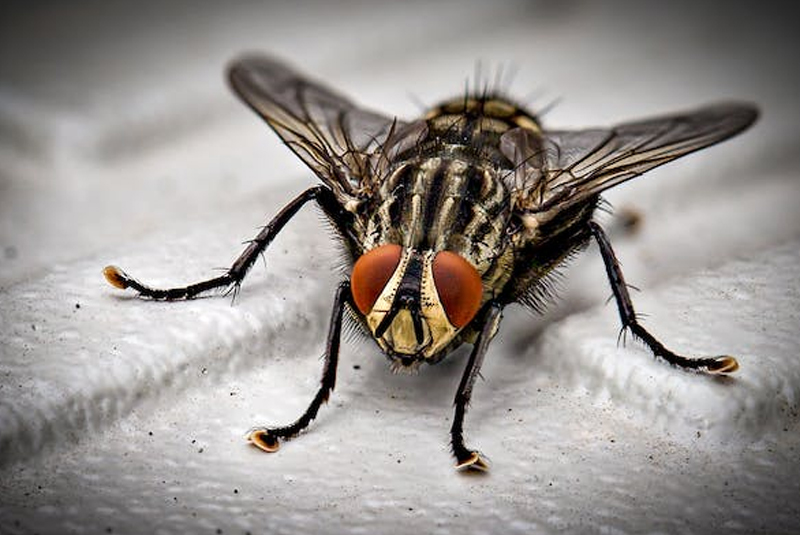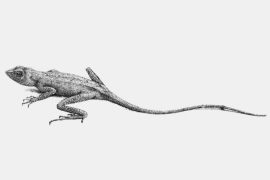Flies are annoying. The buzzing sound they make is irritating. They contaminate food, and their presence symbolises a lack of hygiene. But did you know flies are also invaluable for medical and aviation research?
In the 1900s, Gregor Mendel released his work in the field of genetics. It was based on his studies of peas! His discoveries caused a stir, making many believe Mendel’s inheritance law could apply to other organisms and animals. Following in his footsteps, Thomas Hunt Morgan decided first to use a fruit fly to expand on Mendel’s genetic studies.
Along with his students, Morgan discovered genes on chromosomes that are passed on specific traits through inheritance. Morgan’s contribution to genetic studies gained him a Nobel prize in 1933. The fruit fly became one of the most important models in contemporary biology for studying genetics, embryology, cell biology, neurology, and other topics.
In aviation, insect flight gained interest around half a century ago. However, it wasn’t until recently that academics and engineers attempted to replicate it.
In 1996, the United States Defense Advanced Research Projects Agency (DARPA) in Virginia initiated a three-year micro air vehicles (MAV) programme. DARPA aims to develop a flyer smaller than 15 cm long. The device would greatly benefit military surveillance and reconnaissance. The DARPA program was a major push in studying fly’s flight control.
-30-
Copyright©Madras Courier, All Rights Reserved. You may share using our article tools. Please don't cut articles from madrascourier.com and redistribute by email, post to the web, mobile phone or social media.Please send in your feed back and comments to editor@madrascourier.com











